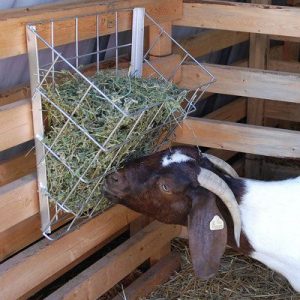Grazing and pasture management are essential components of goat husbandry, influencing animal health, productivity, and sustainable land use. Proper management not only supports the nutritional needs of goats but also enhances soil fertility and vegetation health.
- Benefits of Grazing for Goats
Grazing allows goats to exhibit natural behaviors, access diverse forage, and meet their nutritional requirements. Well-managed pastures provide a balanced diet of grasses, legumes, and browse plants, contributing to overall herd health and reducing feed costs. Grazing also promotes exercise and mental stimulation for goats, supporting their physical and behavioral well-being.
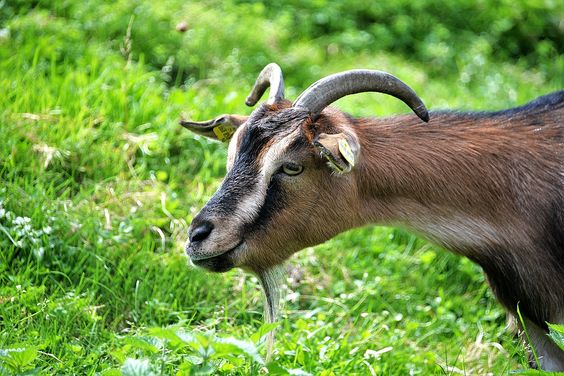
- Planning and Designing Grazing Systems
Assessing Pasture Quality:
Evaluate pasture quality by identifying grass species, forage availability, and soil fertility. Conduct soil tests to determine nutrient levels and pH, which influence plant growth and forage quality. Rotate grazing areas to prevent overgrazing and promote regrowth of pasture plants.
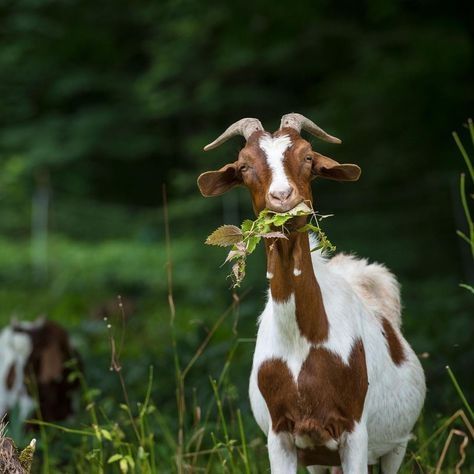
- Fencing and Infrastructure:
Install sturdy fencing to divide pastures into manageable grazing paddocks. Electric fencing is effective for rotational grazing systems, allowing easy adjustment of grazing areas and minimizing trampling of vegetation. Provide access to clean water sources in each grazing paddock to ensure adequate hydration for goats.
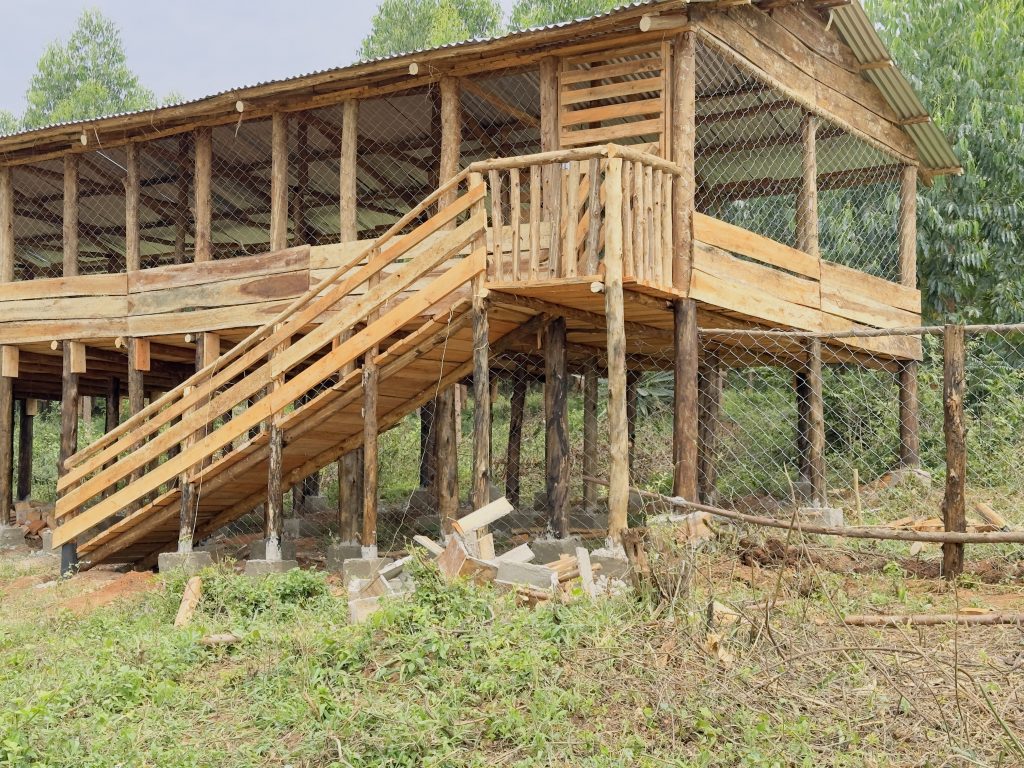
Rotational Grazing:
Implement rotational grazing to optimize pasture use and prevent overgrazing. Divide pastures into smaller paddocks and rotate goats between them at regular intervals. Resting grazed areas allows vegetation to recover and maintain productivity. Rotate based on forage growth rates and seasonal changes to maximize grazing efficiency.

- Managing Grazing Behavior
Browse and Forage Preferences:
Goats are natural browsers, preferring shrubs, tree leaves, and woody plants over grasses. Incorporate browse areas into grazing systems to provide diverse forage options and meet goats’ nutritional needs. Monitor forage consumption to prevent selective grazing and ensure balanced nutrition.
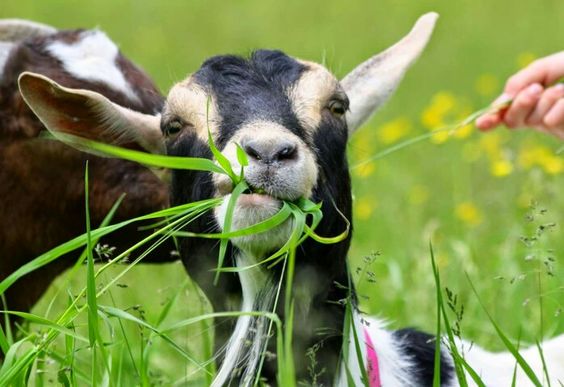
Monitoring Health and Nutrition:
Regularly monitor goats for signs of nutritional deficiencies, parasite infestations, and overgrazing. Adjust grazing management practices based on seasonal changes and goat nutritional requirements. Provide supplemental feed, such as minerals and protein, as needed to maintain optimal herd health.
- Pasture Maintenance and Improvement
- Soil Fertility Management:
Implement soil fertility practices, such as liming and fertilizing, based on soil test recommendations. Maintain proper soil pH and nutrient levels to support healthy pasture growth and forage production. Use organic amendments like compost or manure to enhance soil structure and nutrient availability.
By the way, our company can help you to start by giving you all the necessary information you need to get started if not yet in the business. Please check our online shop, we have all the standard business proposals for different capacities at very a cheap price made by the best agricultural specialists as well as Standard design plans that are made by the best agricultural architects around the globe. please visit our online shop now using the links below to witness by yourself
Design plans (FARM HOUSE DESIGNS – Kimd Construction & Farm Consultants)
Business plans (BUSINESS PLANS & PROPOSALS – Kimd Construction & Farm Consultants)
Welcome back from visiting our shop, hope you have placed your order for any of our products or you can place it after navigating more of our informative articles.
So let us continue with the article!
- Weed and Brush Control:
Monitor pastures for invasive weeds and brush species that compete with desirable forage plants. Implement integrated weed management strategies, including mowing, spot treatment, and biological control methods. Prevent weed seed spread by maintaining clean equipment and managing grazing pressure.
- Environmental and Sustainability Considerations
Erosion Control:
Manage grazing intensity and pasture design to minimize soil erosion and maintain soil structure. Use vegetation buffers and cover crops to reduce runoff and sedimentation in waterways.
Biodiversity and Habitat Enhancement:
Promote biodiversity by maintaining diverse plant communities in pastures. Preserve native vegetation and create habitat corridors for wildlife to support ecosystem health and resilience.
Conclusion
Grazing and pasture management are integral to sustainable goat farming practices, supporting animal health, soil fertility, and environmental stewardship. By implementing rotational grazing, assessing pasture quality, and maintaining soil fertility, farmers can optimize grazing efficiency and improve overall farm productivity. Investing in thoughtful pasture management not only benefits goat health and productivity but also contributes to the long-term sustainability of agricultural landscapes.

